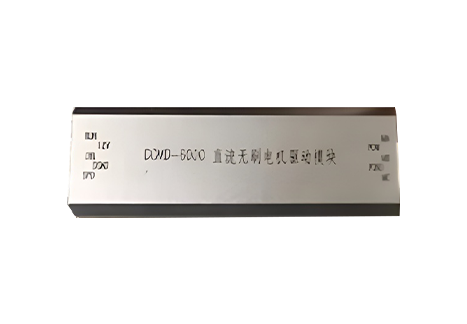
Permanent Magnet Synchronous Motors (PMSM) have gained popularity in recent years due to their high efficiency, compact size, and precise control capabilities. In comparison to other types of motors such as induction motors or brushed DC motors, PMSMs offer several advantages when used in various applications. In this article, we will compare PMSM controllers with controllers used for other types of motors and explore their differences in terms of performance, efficiency, and cost.
1. Efficiency:
One of the key advantages of PMSMs is their high efficiency. PMSMs can achieve efficiency levels of up to 98%, which is significantly higher than other types of motors. This high efficiency is due to the use of permanent magnets in the rotor, which eliminates the need for rotor current and reduces losses. In comparison, induction motors typically have efficiencies ranging from 80-90%, while brushed DC motors have efficiencies of around 75-85%.
2. Power factor:
PMSMs also have a high power factor, which means that they draw less reactive power from the grid compared to other types of motors. This results in lower energy consumption and reduced power losses in the system. Induction motors, on the other hand, have a lower power factor and can cause power quality issues in the electrical network.
3. Control:
PMSMs offer precise control over speed and torque, making them ideal for applications that require high performance and dynamic response. PMSM controllers use advanced algorithms such as field-oriented control (FOC) to regulate the motor's operation and optimize efficiency. In comparison, controllers for induction motors and brushed DC motors are generally less sophisticated and may not provide the same level of control and performance.
4. Size and weight:
PMSMs are compact and lightweight, making them suitable for applications where space and weight are critical factors. The use of permanent magnets in the rotor allows for a smaller motor size without compromising performance. In contrast, induction motors are larger and heavier due to the presence of the squirrel cage rotor and the need for additional components such as capacitors for power factor correction.
5. Cost:
While PMSMs are more expensive to manufacture initially due to the use of rare-earth magnets, they offer long-term cost savings through improved efficiency and reduced maintenance requirements. In comparison, induction motors are more cost-effective upfront but may incur higher operating costs over time due to lower efficiency and higher maintenance needs. Brushed DC motors also have lower initial costs but are less efficient and require regular maintenance of the brushes and commutator.
Overall, PMSM controllers offer several advantages over controllers used for other types of motors in terms of efficiency, control, size, and cost. While the initial investment may be higher, the long-term benefits of using PMSMs can outweigh the upfront costs and result in significant energy savings and improved performance in various applications. As technology continues to advance, PMSM controllers are expected to become even more widespread and integrated into diverse industries, driving further innovation and efficiency in the field of electric motors.
ПРОДУКТ
№ 69, Современный предпринимательский центр, улица Чжанбали, Зона высоких технологий, район Яньта, город Сиань
186-9186-8655
baishidong@advance-xa.com
Авторские права
Комментарий
(0)